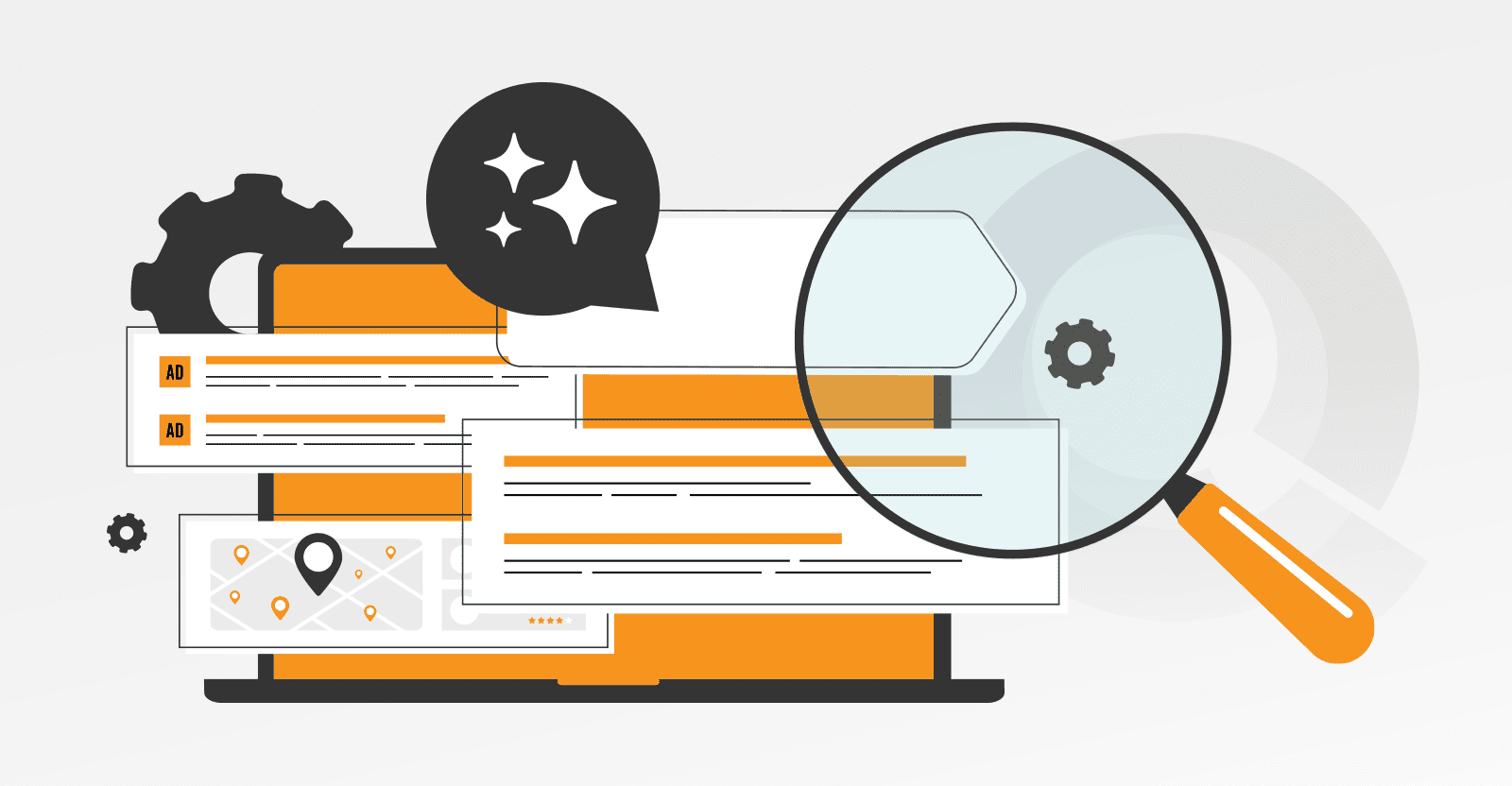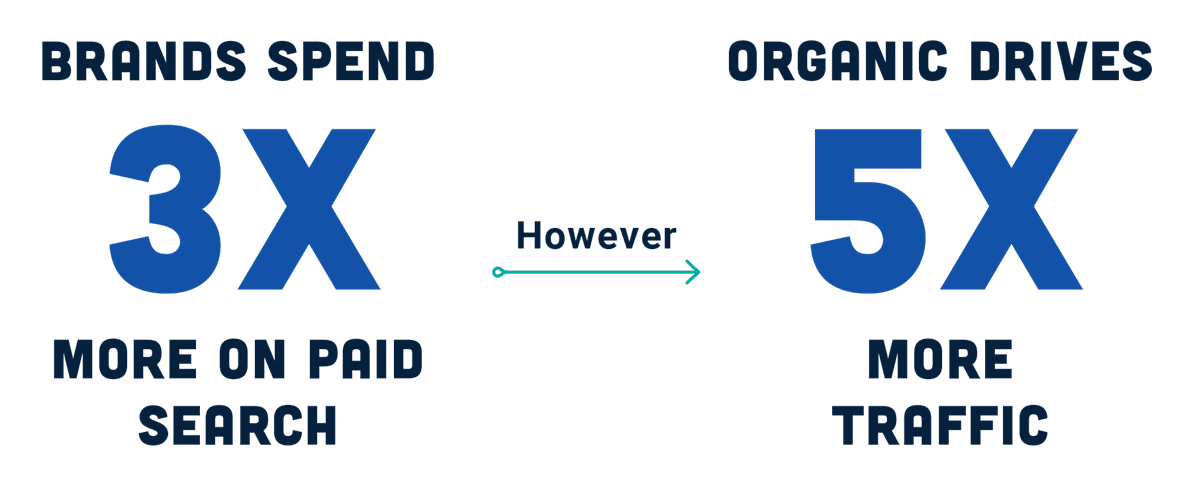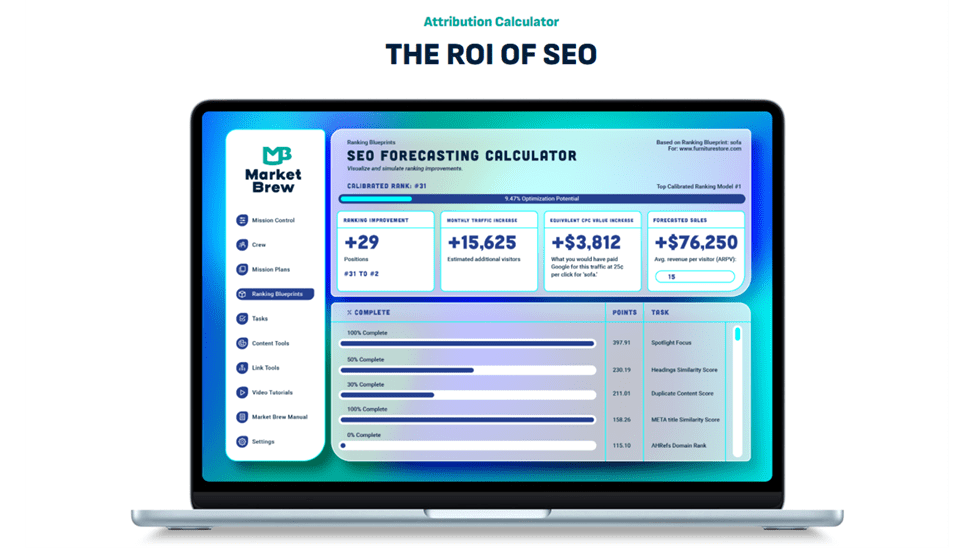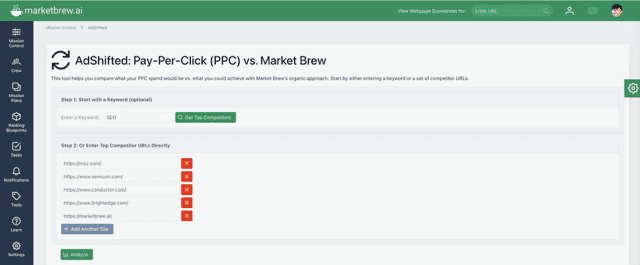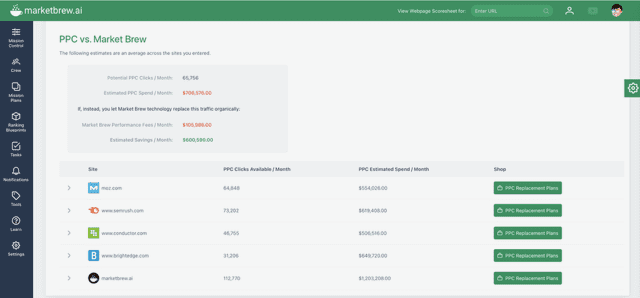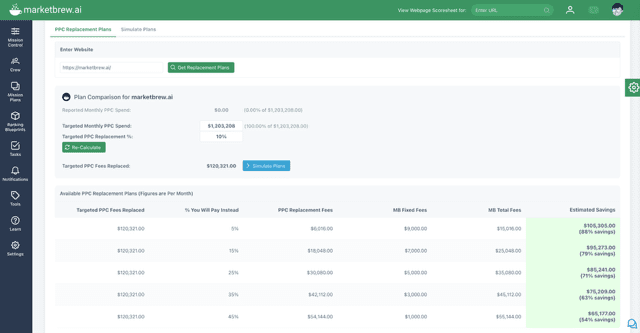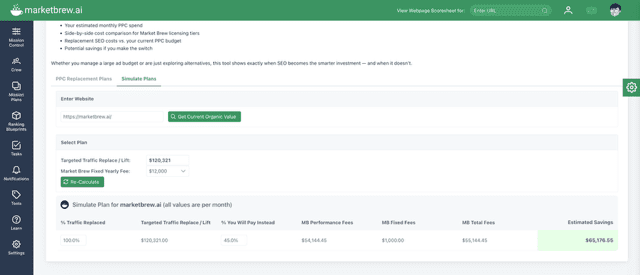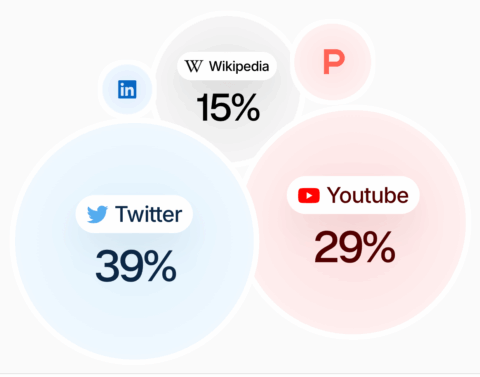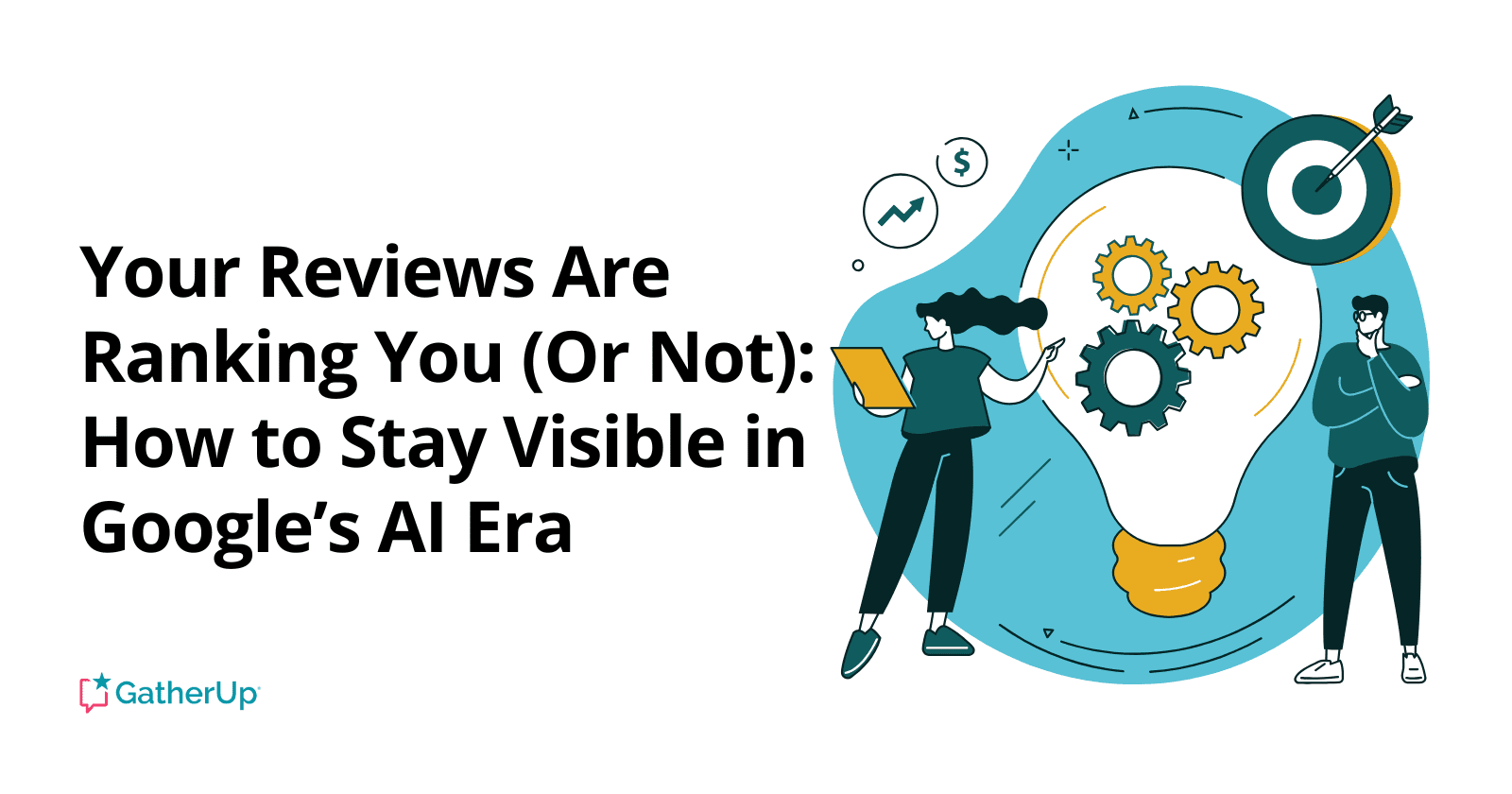AI-Powered Search: Adapting Your SEO Strategy via @sejournal, @wburton27
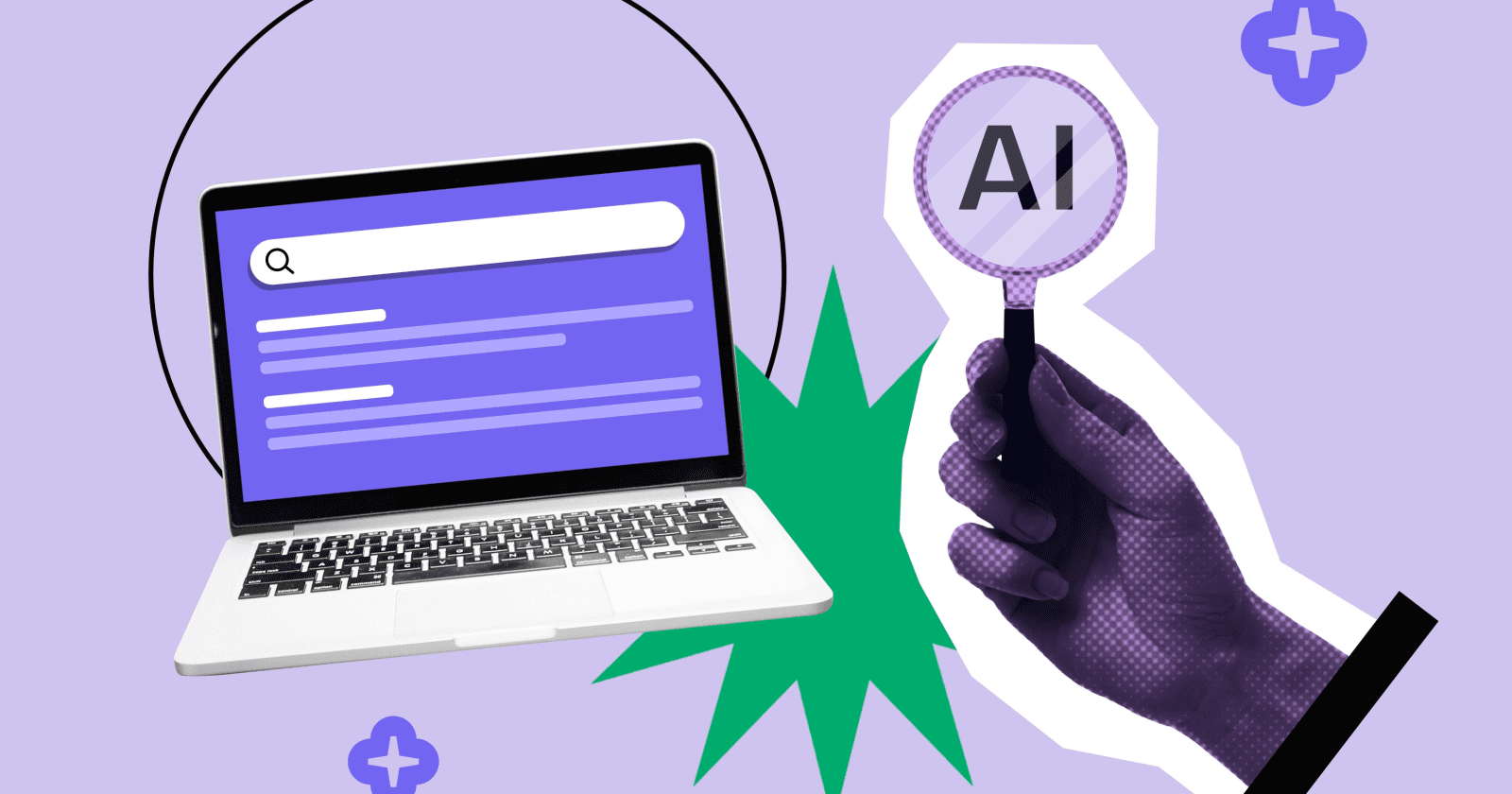
Using outdated and traditional SEO tactics centered around keywords and backlinks is not moving the needle anymore, as Google shifts toward AI-driven answers.
Organic clicks are going down as a result of Google AI Overviews and the rise of zero-click searches, where users get answers directly on Google’s search results page without clicking through to any websites.
SEO is not dead; it just evolved. To succeed in this new era, brands and marketers need to embrace structured, intent-driven content, enhancing trustworthiness, and aligning more closely with brand and user experience strategies.
But, how do you do this? Let’s explore.
Omnichannel Strategy
In today’s search landscape, you need to be everywhere where your audience is, including platforms like Reddit, Quora, TikTok, YouTube, and anywhere else relevant.
If your brand is not present on those discovery channels, you need to get on them as soon as possible.
User behavior has changed, and people are using different search engines and channels to find information, products, reviews, and more.
For example:
- Reddit for the opinions of other users who have used a similar product or service.
- TikTok and YouTube for tutorials and product reviews.
- Instagram for discovery.
- Amazon and Pinterest for product reviews and inspiration.
If your marketing strategy focuses only on Google, you’re ignoring a large portion of your target audience who are looking for your content, which is basically invisible to them.
Optimize For AI Overviews
To rank for AIO, brands and marketers must focus on creating high-quality, authoritative content that directly answers user questions, is well-structured, and easy for AI to understand.
| Tactic | Overview | Best Practices |
| Create high-quality conversational content. | Conduct research and see what queries show for AIOs. Create original and unique content that meets user intent and answers users’ questions. | Update and modify existing content for AI Overviews by answering questions, making it conversational, and using quotes, testimonials, and updated headings. |
| Use plain headings and short paragraphs. | This helps improve content readability for both users and AI. | Use clear headings, concise paragraphs, and natural language to enhance AI understanding. |
| Mark up content with structured data. | This helps AI and traditional search engines understand your content better. | Use schema markup (e.g., FAQ Page, HowTo, Product). |
| Let AI bots in. | This will help your content get crawled and cited by AI systems. | Use llm.txt and check your robots.txt file to allow bots like OpenAI’s GPTBot and Google AI. Make sure they are not blocked. |
| Earn mentions on trustworthy sites. | This will help improve your authority and increase your brand visibility. | Create high-quality content with unique information, contribute guest posts, stay active on social media, appear on podcasts, use internal linking, and implement PR strategies. |
| Keep content fresh. | AI chatbots love up-to-date information. | Regularly update content with new data, statistics, and unique and valuable information for end-users. |
| Track brand mentions. | Brands that are mentioned frequently across various platforms (i.e., PR, blogs, social media, news coverage, YouTube forums like Reddit and Quora, and authoritative sites) tend to be mentioned by AI. | Use tools like Google Search Console, Brand24, and Mention.com to monitor online conversations. |
Focus On Branded Searches
Branded searches play a vital role in shaping brand perception, driving engagement, and ensuring your brand’s visibility and authority for large language models (LLMs).
LLMs do not work like traditional search engines. They look at user intent, context, and conversational relevance.
To elevate your brand presence:
- Your information must be accurate and consistent across all platforms.
- Your content should be useful and helpful to your target audience.
- It should showcase expertise through thought leadership, offering original, unique, and data-backed insights quoted across authoritative sites and forums.
- Your brand needs a strong reputation.
Adapt your approach by tracking brand mentions using tools like Brand24 and Semrush, and analyzing LLM-driven traffic via Google Analytics 4, while also testing brand visibility across different platforms and devices.
Focus On User Intent And Topic Clusters
We have moved from keywords to relevance.
Optimize for entire topics and users’ needs by creating in-depth content that covers all aspects of a subject and anticipates users’ questions.
Use long-tail keywords and natural language to cover users’ intent. Tools like MarketMuse by Siteimprove do a wonderful job at this.
AI-Powered Content Creation And Optimization
Google is not against AI-generated content. Google does not like low-quality AI content.
Before LLMs came on the stage, content creation often involved manual writing and optimization that took a long time to draft a high-quality article focusing on E-E-A-T (or expertise, experience, authoritativeness, and trustworthiness).
Now, you can automate content briefs, generate outlines, create content drafts, edit them, and make them your own. A lot of AI tools and platforms incorporate ChatGPT into their services and add in so-called proprietary algorithms on top of it.
With AI, you can create content at a much faster pace and optimize existing content easier than before, but I don’t recommend it for content creation.
Here’s why.
There is a lot of content out there that repeats and rinses what everyone else does. Your content must be different and educate your audience, convince them that you’re the subject matter expert on a topic, and gain trust and solve their problems.
This kind of content is best written by humans with AI assistance to enhance quality, make it more engaging, and encourage people to share it.
Wrapping Up
SEO is changing fast into a conversational experience powered by AI.
The tactics and strategies that once worked won’t cut it anymore in today’s AI-powered results.
But, this is not the end of SEO. Rather, it’s an SEO evolution as Google continues its mission to organize the world’s information and make it universally accessible and useful.
To win in this new era, brands and marketers must shift from chasing rankings to building visibility, trust, and relevance across multiple platforms – whether that’s on Google, TikTok, Reddit, or Quora.
It’s also important to deliver content that’s useful and up-to-date, solving users’ problems and helping them during their journey.
AI is here to assist, not replace. AI can handle the heavy lifting, but don’t hand over the steering wheel.
Brands that will thrive have a human touch in providing value, showing expertise, and genuinely connecting with their audience.
Don’t forget who you’re really creating content for, which is people.
More Resources:
Featured Image: Collagery/Shutterstock


